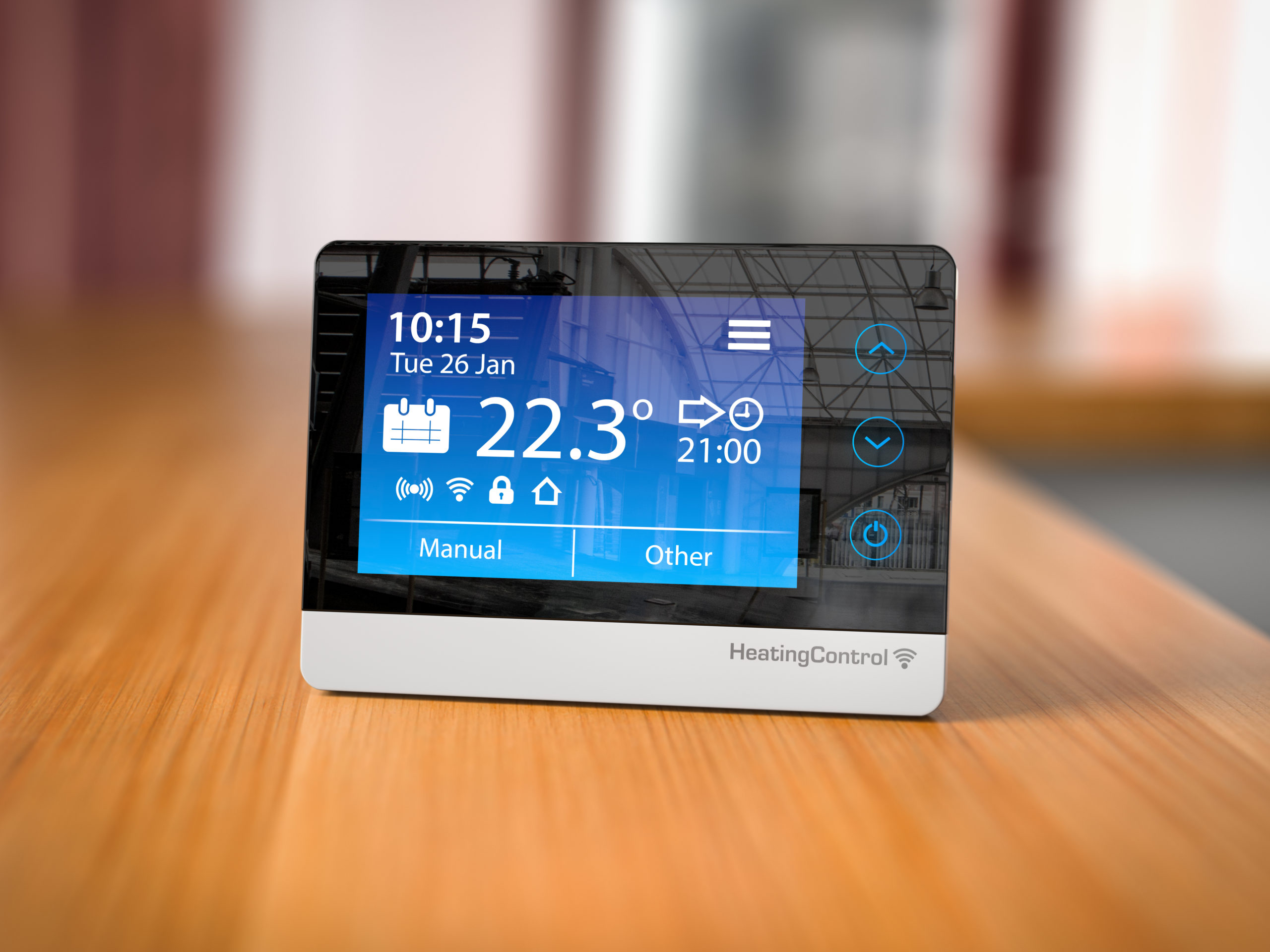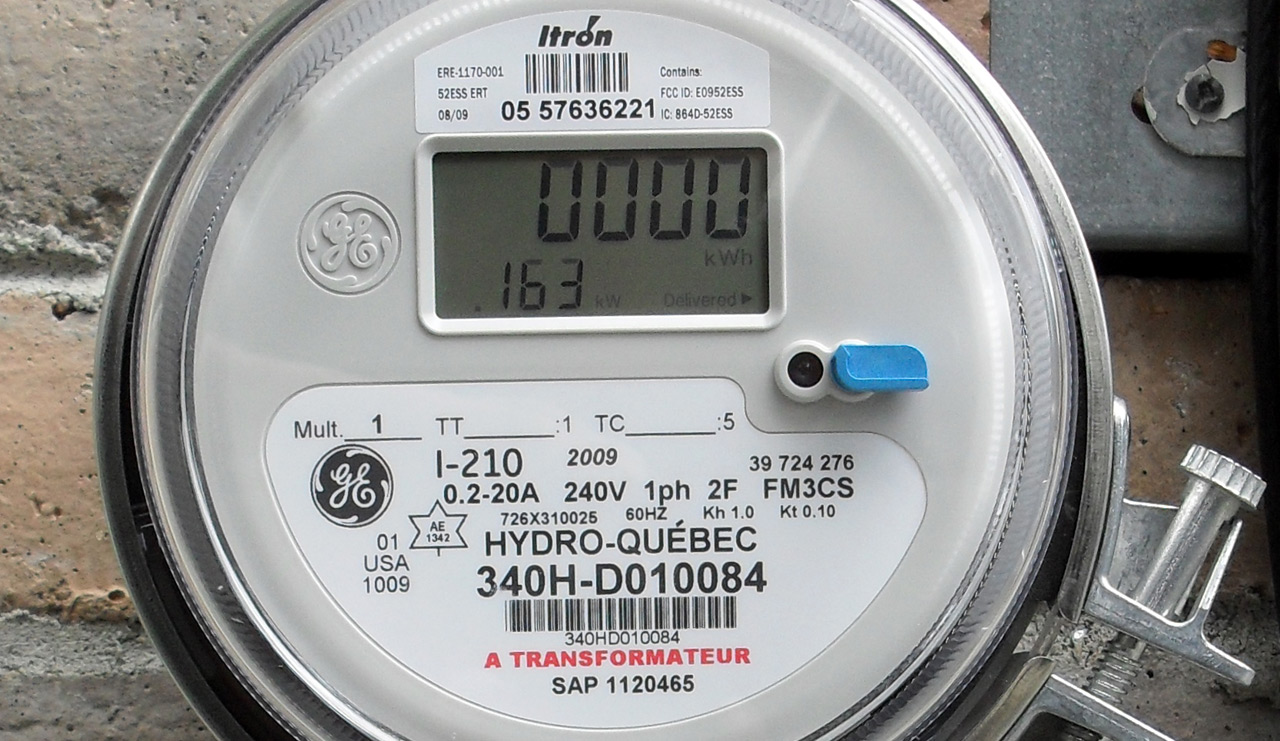
A runner relies on quality shoes to help them run longer, faster, and more comfortably. A good pair of running shoes can provide the support and comfort needed for the everyday grind of running and moving. As those shoes begin to wear down, however, the runner could experience poor traction, decreased ankle support, and impacted performance. As a result, most runners understand the benefit of new shoes know when it is time for a replacement pair. Similarly, the thermostat is responsible for controlling the workhorse that is your HVAC system. Your heating and cooling equipment are responsible for keeping your family comfortable year-round, and the thermostat is the director of operations.
As with most things, age can have an impact on your thermostat. On average, your HVAC system should last around 20 years. However, your thermostat lifespan is only about 10 years. As your thermostat ages, the settings, controls, and sensors can wear out. Even if your thermostat is continuing to work, however, it could be impacting the performance of your HVAC equipment. Like the runner’s shoes, it is important to know when it is time to upgrade your thermostat. The majority of homeowners overlook the importance of their thermostats. However, installing a new smart thermostat can influence everything from energy usage to your home’s temperature.
There are numerous benefits of installing a new smart thermostat. Let’s examine some things to consider if you are looking to upgrade to a smart thermostat.
Smart thermostats can improve your energy bills.

One of the main reasons homeowners consider upgrading to a smart thermostat is that they have integrated innovation and technology to maximize efficiency and reduce energy costs. The average energy bill in the United States is around $115 per month, and HVAC use can account for half of that throughout the year. Manufacturers of most smart thermostats advertise energy bill savings of up to 20 percent.
Smart thermostats are similar to other programmable thermostats in that they allow you to make adjustments to indoor temperatures based on schedules and the time of day. Smart thermostats, however, go a step further and can learn the behaviors and patterns to make automatic temperature changes. After you install the smart device, you spend some time programming your preferences and desired temperatures. At the same time, the thermostat is learning household behaviors to make indoor temperature decisions based on activity.
Through smart technology and advanced learning, a smart thermostat can make accommodations for when you are away or when you are sleeping. While most traditional thermostats are either off or on, smart thermostats can adjust indoor temperatures based on the needs of the home to decrease energy usage and lower utility bills.
Smart thermostats allow for easy remote access.

Smart thermostats incorporate Wi-Fi-enabled technology to allow homeowners to access settings and control temperatures from a mobile app. With a smartphone or other mobile device, indoor temperatures and HVAC settings can be adjusted from anywhere. Remote access also allows homeowners to check in on their home’s temperature and HVAC usage stats at any anytime. Installing a new smart thermostat will also allow for better control over heating and cooling as you can adjust your schedule or reprogram the settings to match up to different events. If you are on vacation and need to adjust the temperature for the housekeeper, you can easily make the change in the app.
Smart thermostats create less worry, better temperature control, and lower energy bills. As thermostats begin to age, HVAC systems can begin to falter. If you determine that it is time to upgrade your thermostat, installing a new smart thermostat can come with numerous benefits.


